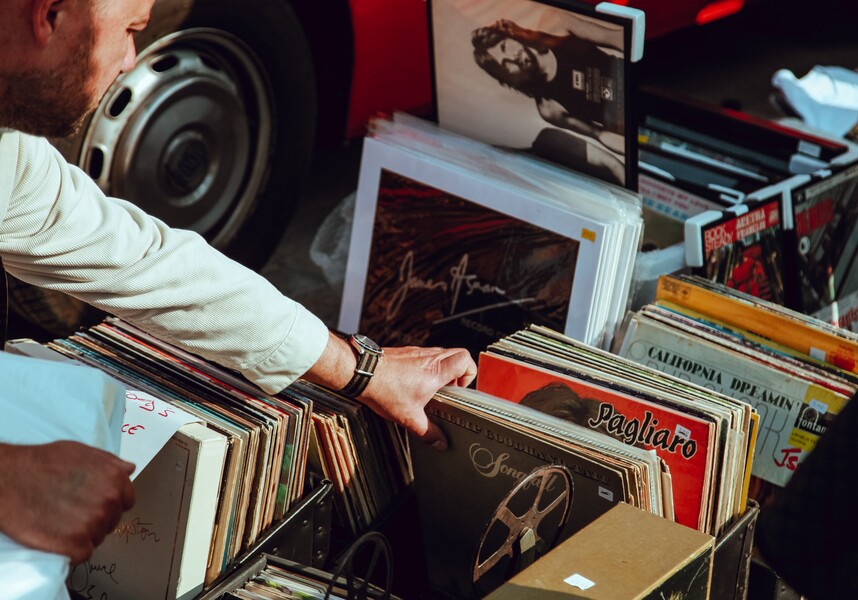In the previous edition of NMSIA, we highlighted the importance of conducting a thorough music search when licensing pre-existing songs, as each rights-holder must give approval before the song can be licensed. If you missed it, you can catch up here.
Once you’ve identified the rights-holders in a song, the next step is to submit a License Request. It’s crucial to treat each rights-holder as a separate entity with distinct needs to avoid delays in the negotiation process. For example, a songwriter might not be interested in a fee because they hold a 10% publishing share, which may not be attractive on a pro-rata basis. This situation is a red flag and could waste the time of the Music Supervisor, Licensing Specialist, or the licensee who may not understand the unusual delay. Now, let’s dive into the License Request Form.
What is a License Request Form?
A License Request Form is a document that outlines the terms of an offer for the permission to use pre-existing songs in films, TV shows, video games, animations, or other productions. The skill with which this form is filled out can significantly impact whether you receive a timely response—or if your request gets ignored.
Who Doesn’t Need to Fill Out a License Request Form?
Unfortunately, everyone needs to fill out a License Request Form unless the terms for the license are clearly outlined in an email thread, and both parties (licensor and licensee) reach a mutual agreement. Labels and publishers often have templates ready for license requests, so it’s advisable to use these rather than drafting lengthy emails. Once the form is completed, negotiations can proceed

However, if a song is in the public domain, you don’t need approval to use it. A work is considered to be in the public domain if its copyright has expired. Most music compositions in this category were created before 1935.
A Guide to Filling Out a License Request Form
License Request Forms can be filled with jargon and technical terms that might intimidate a potential licensee. Below is a straightforward guide to help you navigate the form confidently and ensure you send it off without hesitation.
- Song Title: Many songs have multiple versions. It’s important to be very specific about the song you’re requesting. Even a simple spelling mistake could make it difficult for the licensor to find the song in a music company’s extensive catalog.
- Writers: Often, the writer of a song is not signed to the same publisher and label as the performing artist. Therefore, if the request is made to a publisher, you must include the names of the song’s writers. This includes the producer (also known as the “composer”) and songwriter (also known as the “author”), along with any other entities involved in the composition.
- Performers: This includes the recording artist, producer, and other entities like session musicians and engineers who have made an audible contribution to the recording. You might wonder if the artist and producer are the same as the writers and composers mentioned earlier. In this context, these roles are different and often represented by separate entities. For example:
- Davido as a performer is represented by DMW (the record label).
- David Adeleke as a writer is represented by Sony Music Publishing (the publisher).
- Licensee: This is the name of the production company creating the project. It’s advisable to include the name of the producer for reputation purposes, especially if a Special Purpose Vehicle (SPV) was created for the project.

5. Production Name: The exact name of the production.
6. Description of the Project:
-
- A short description indicating the project type (e.g., documentary, commercial, video game, animation, etc.).
- A brief description of the actual scene in which the song will be used. Hint: Make this catchy.
- A brief description of the type of use (e.g., background/source use, theme, visual vocal, or visual instrumental).

7. Duration: The length of the song, including the actual timing of the cue.
8. Number of Usages: The number of scenes the song will be used in. Hint: If a song is played during the end credits of a cinema film, there’s a chance the audience might remember it and use apps like Shazam to identify it.
9. Territory: TV series, movies, and video games are usually distributed worldwide, but commercial advertisements might be limited to a specific city, region, or selected countries. This should be indicated in the License Request Form.
10. Term: How long the song is expected to be licensed for this project.
11. Media: This is a crucial section. Check out our article on Media Rights and how it impacts the license fee.
12. Offer: Make your offer confidently, but remember that music, as an intellectual property, enjoys the benefits of real property (real estate).
Conclusion
While filling out the License Request Form can be lengthy and detailed, the alternative—making a quick phone call, agreeing to terms verbally, sharing account details, and risking the entire visual project being taken down for copyright infringement by a writer you didn’t know existed—can have far worse consequences. In some cases, a court injunction could even suspend the premiere of your movie or the launch of your video game due to a claim by the producer of the track with whom you never made proper contact. So, take the time to do it right, and ensure your project proceeds without a hitch.


